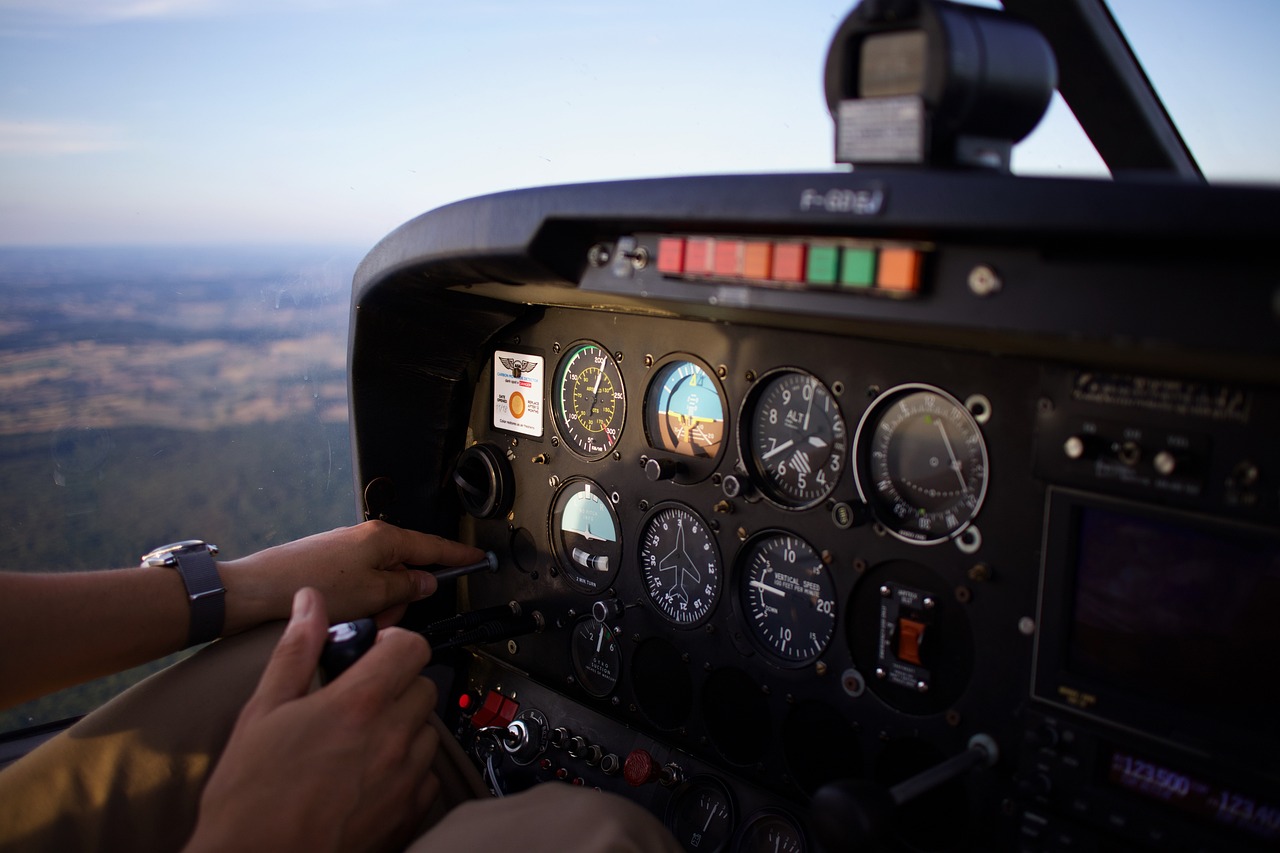How to Enroll in a Private Pilot Course
Are you planning to join the aviation industry and become a pilot? Being a pilot has been a childhood dream for many. However, becoming a pilot is not easy, as it comes with a lot of responsibility. Whether it’s been a passion or a newfound interest, the first step towards realizing that dream is enrolling in a reputed pilot course. Enrolling in a reputed private pilot course helps one acquire the necessary knowledge and skills required to become a responsible pilot. So, what does it entail to enroll in such a course? This guide will provide you with guidance on the process of starting from finding the flight school to obtaining your license.
Step 1: Researching Flight Schools
When it comes to enrolling in a private pilot course, the initial step is conducting research on flight schools available in your area. It’s crucial to look for schools accredited by aviation organizations like the Federal Aviation Administration (FAA). This ensures that the school meets all standards for flight training.
Factors such as location, reputation, and cost should be taken into consideration when selecting a flight school. Look for schools with instructors-maintained aircraft, and positive feedback from previous students. Additionally, consider how conveniently located the flight school is relative to your home or workplace since regular trips will be required for training sessions.
Step 2: Visiting Flight Schools
After narrowing down your options, it’s time to personally visit the flight schools on your list.
Make arrangements to visit each school and take the opportunity to meet with instructors, explore the facilities, and get a sense of the school’s atmosphere. This will allow you to evaluate if the flight school aligns with your needs.
While on your visit, ask questions about the curriculum, training aircraft, and instructors’ qualifications. Pay attention to the vibe and professionalism of the school. It should be a place where you feel at ease and confident in your ability to learn and develop as a pilot.
Step 3: Determine Your Financial Plan
Before enrolling in a pilot course, it’s important to assess your budget. Flight training can involve investment, so it’s crucial to have a clear understanding of the associated costs. Apart from the course fee itself, consider expenses like textbooks, flight supplies, and medical examinations.
Some flight schools provide financing options such as installment plans or scholarships. Research available financial assistance programs that suit your circumstances and see how they fit into your budget. It’s vital to have a view of your situation so that you can plan effectively without straining yourself financially during your training.
Step 4: Get your Student Pilot Certificate
Once you’ve chosen a flight school and figured out your budget, it’s time to acquire your student pilot certificate. This is a step before you can start your pilot course. To get the certificate, you’ll need to complete an application with the FAA and pass an examination conducted by an FAA-approved examiner.
The medical examination ensures that you are physically capable of flying an aircraft. It involves reviewing your history, performing a health check-up, and conducting a vision test. Once you successfully complete the examination, you’ll receive your student pilot certificate, which will be valid for two years.
Step 5: Commence Flight Training
Now that you have your student pilot certificate in hand, it’s time to begin your pilot course. Flight training typically includes both ground school instruction and practical flight lessons. The ground school covers topics like aviation regulations, aerodynamics, weather patterns, and navigation. During flight lessons, you’ll gain hands-on experience in the cockpit, where you’ll learn takeoff procedures, landing techniques, and aircraft navigation.
Flight training is usually divided into stages or phases that focus on skills and knowledge areas.
As you progress through your training, your confidence and expertise in flying an aircraft will grow. The duration of the course may vary depending on factors like weather conditions, your availability, and how quickly you can master the required skills.
Step 6: Successfully Complete the FAA Knowledge and Practical Tests
After finishing your flight training, you will need to pass both the FAA knowledge test and practical test in order to obtain your pilot license. The knowledge test consists of multiple-choice questions that assess your understanding of aviation regulations, aerodynamics, navigation, and other relevant topics. For the test, an FAA-approved examiner will evaluate your flying skills in a flight scenario.
Preparing well for these tests is crucial for achieving success. It’s important to review all the material covered in your coursework and take practice tests to ensure that you are thoroughly prepared. Your flight school will often provide resources and guidance to assist you throughout this process.
Conclusion
Enrolling in a pilot course is a challenging undertaking. By researching flight schools considering your constraints, obtaining a student pilot certificate, commencing flight training sessions, and ultimately passing both FAA tests with flying colors. You are well on track toward becoming a certified private pilot.
With dedication, perseverance, and love for aviation, you can transform your aspiration of taking to the skies into an achievement.

